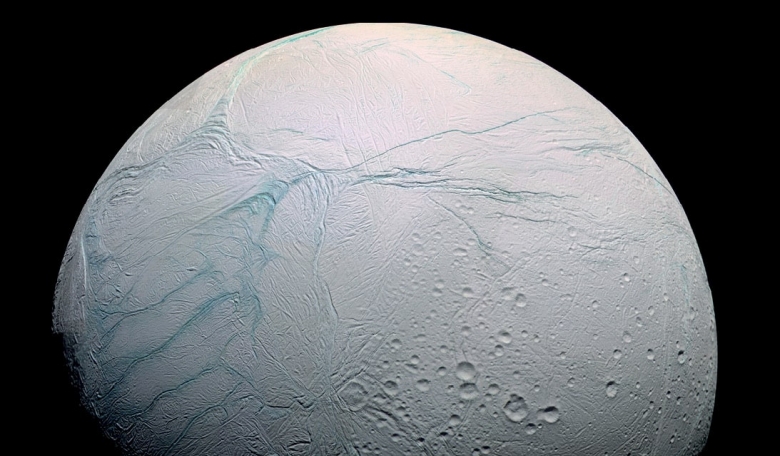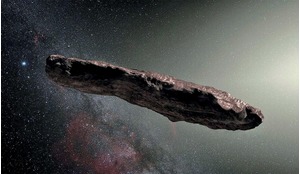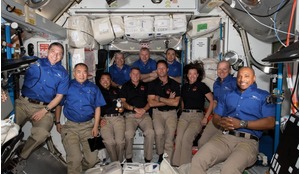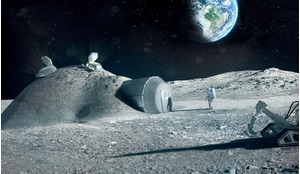Enceladus is perhaps one of our best hopes for finding life elsewhere in the solar system but, with an ice crust many kilometres thick, how do we go about finding it? A striking feature of this small moon may provide the answer - plumes. By landing a small probe near a plume and accessing the liquid water right under it, material that is transferred from deep below the icy surface could be sampled without the need to drill down to the subglacial ocean that lies beneath.
The search for life in the solar system has been one of the guiding goals of space exploration since its very conception. Enceladus, a small icy moon of Saturn, is currently seen as one of the prime candidates for hosting microbial life in the solar system as it appears to fulfill the basic requirements for it hosting life: a subglacial ocean in the liquid state that is in direct contact with the rocky core of the moon, and is heated (to some degree) by the tidal pull of Saturn.
The current most plausible hypothesis about where life might emerge and flourish in the oceans of the icy moons, involves possible hydrothermal vents on the ocean bottom, fuelled by a process called chemosynthesis. If microbial life on Enceladus has taken hold and is created near the vents, it could then migrate and populate other hospitable niches in the moon’s ocean.














